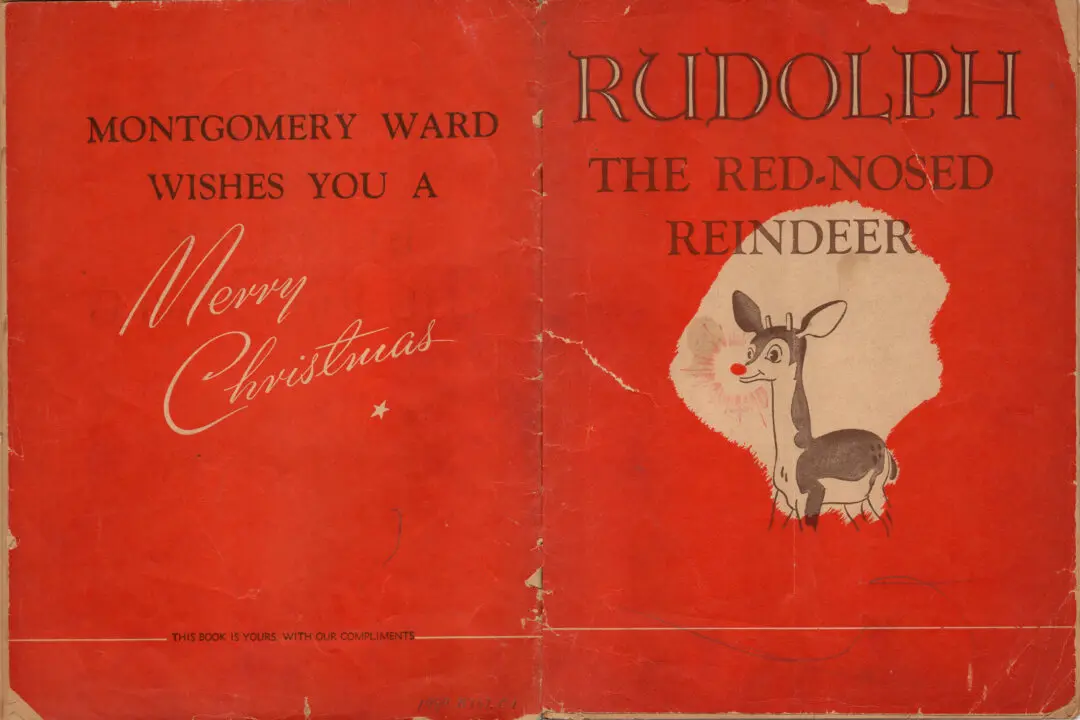Let me begin by making my prejudice perfectly clear.
In the late summer of 1963, shortly before I entered Staunton Military Academy (SMA) as a 7th grader 200 miles from my home, my mother took me from Boonville, North Carolina, into Winston-Salem to watch the recently released movie “Lawrence of Arabia.” My five younger siblings remained at home, and spending this time alone with Mom marks this event as a special moment from my childhood.





